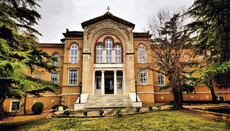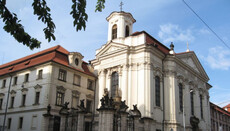U.S. Pushes Rapid Construction of 'Safe Communities' in Israeli-Held Gaza

Plan aims to house tens of thousands of Palestinians but raises concerns over movement limits, vetting, and de facto partition.
WASHINGTON, D.C. — The Trump administration is pressing ahead with a plan to build a network of residential “Alternative Safe Communities” in the Israeli-controlled eastern half of Gaza — a sweeping initiative intended to provide housing and basic services for Palestinians displaced by two years of war. But the effort carries significant political, security, and humanitarian risks, according to officials involved in or briefed on the project.
As reported by the New York Times, senior administration official Aryeh Lightstone, who is leading the initiative, said the goal is to move quickly. “How do we get people into safe housing as soon as humanly possible?” he said. “This is the easiest way to do that.”
Under the proposal, each compound would house up to 20,000–25,000 people in prefabricated or container-style units alongside clinics and schools. U.S. planners hope Palestinians will relocate voluntarily, drawn by improved security, job opportunities, and distance from Hamas rule. The first site, in Rafah, could take months to clear of rubble, tunnels, and unexploded munitions before construction begins.
Officials said the project could bring short-term relief but risks entrenching Gaza’s division into an Israeli-controlled “green zone” and Hamas-controlled “red zone,” a fault line originally outlined in the Trump peace plan. Many questions remain unresolved: whether residents can leave the compounds, the extent of Israeli security vetting, the fate of property owners, who will fund the project, and how safe the communities will be from military operations.
European diplomats and aid workers warn the compounds could resemble heavily policed encampments. Early planning sketches showed clusters of housing encircled by fences, patrol roads, surveillance systems, and military outposts.
Palestinian business leader Ayed Abu Ramadan criticized the concept, saying, “The people in Gaza are not pieces of furniture that you move from one place to another. They have emotions and attachments. They want to be as close as they can to their destroyed homes.”
Despite concerns — and without clarity on whether Gazans will accept the plan — U.S. and Israeli teams are pushing ahead. Two officials involved said the guiding approach is to implement whatever is feasible now rather than wait for every question to be resolved.
Previously, UOJ reported that the governor of Mount Athos had invited President Trump to the Holy Mountain.









